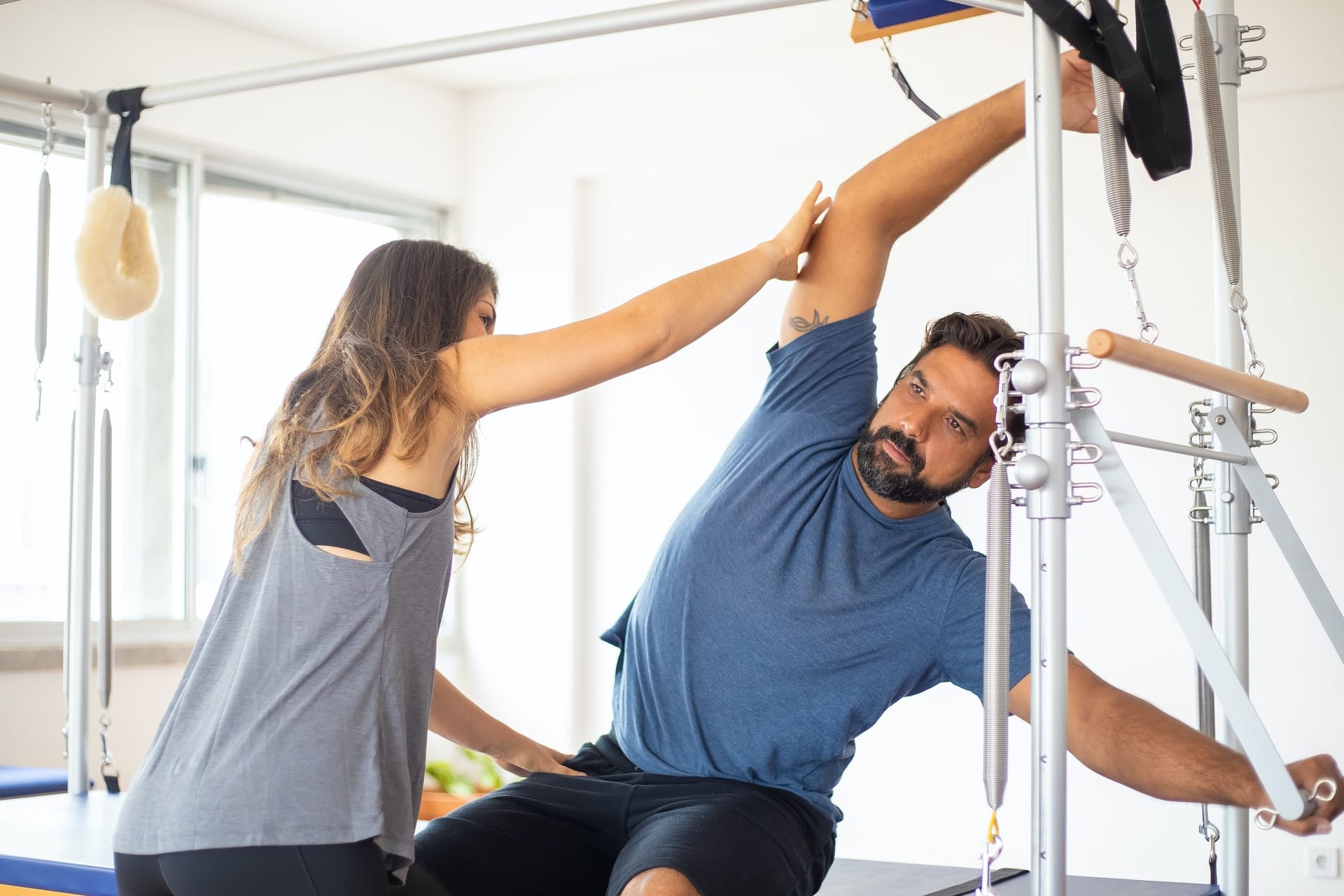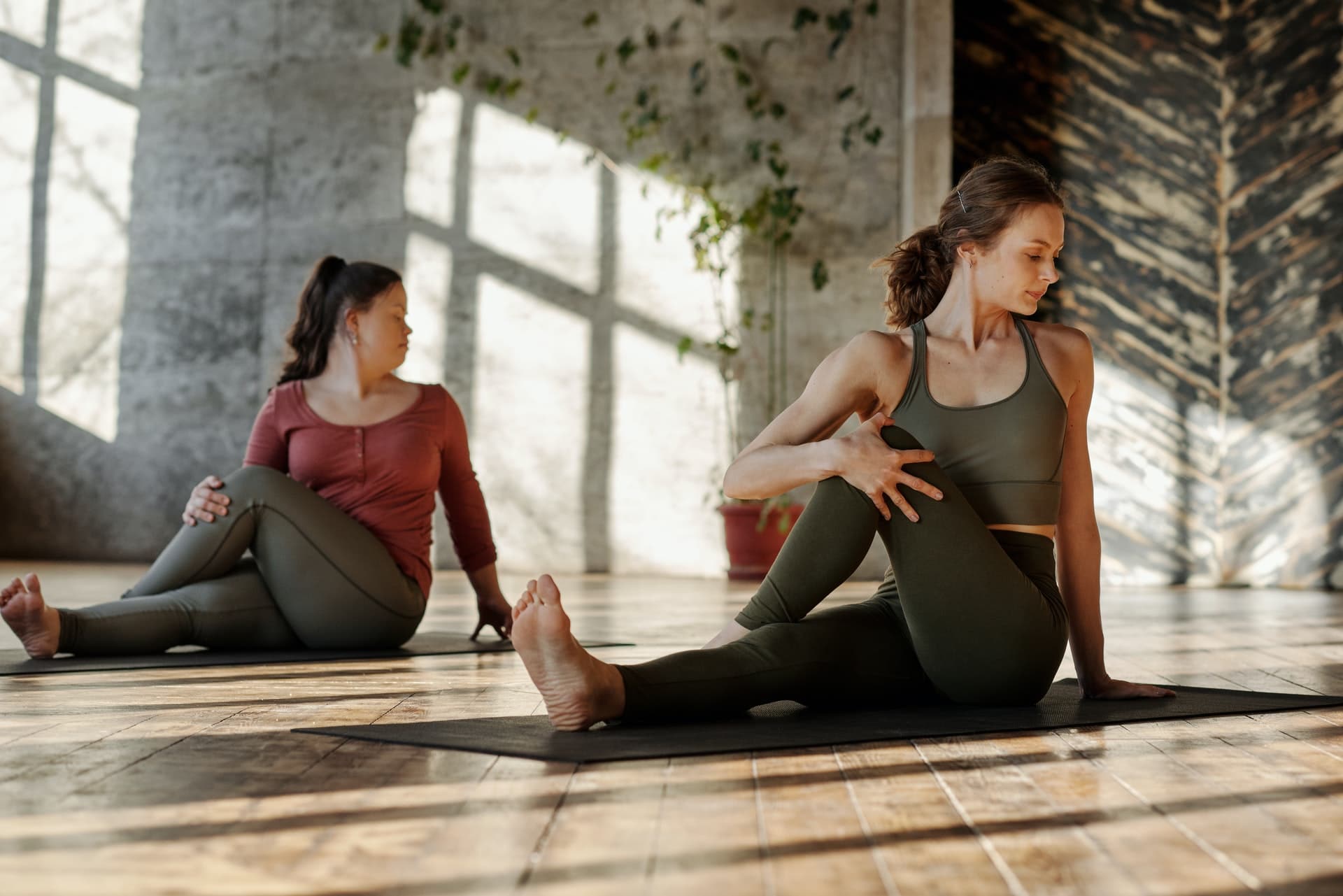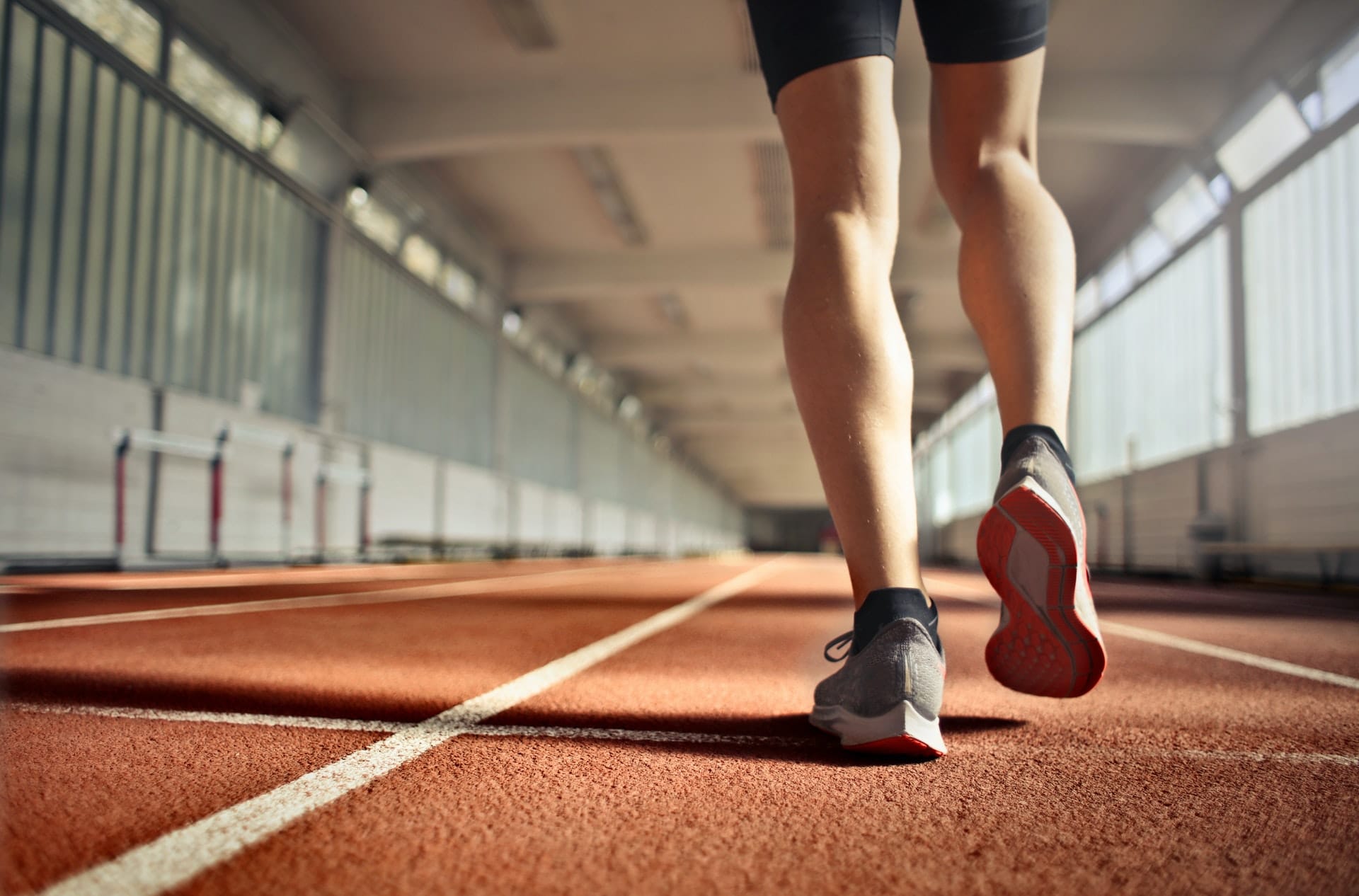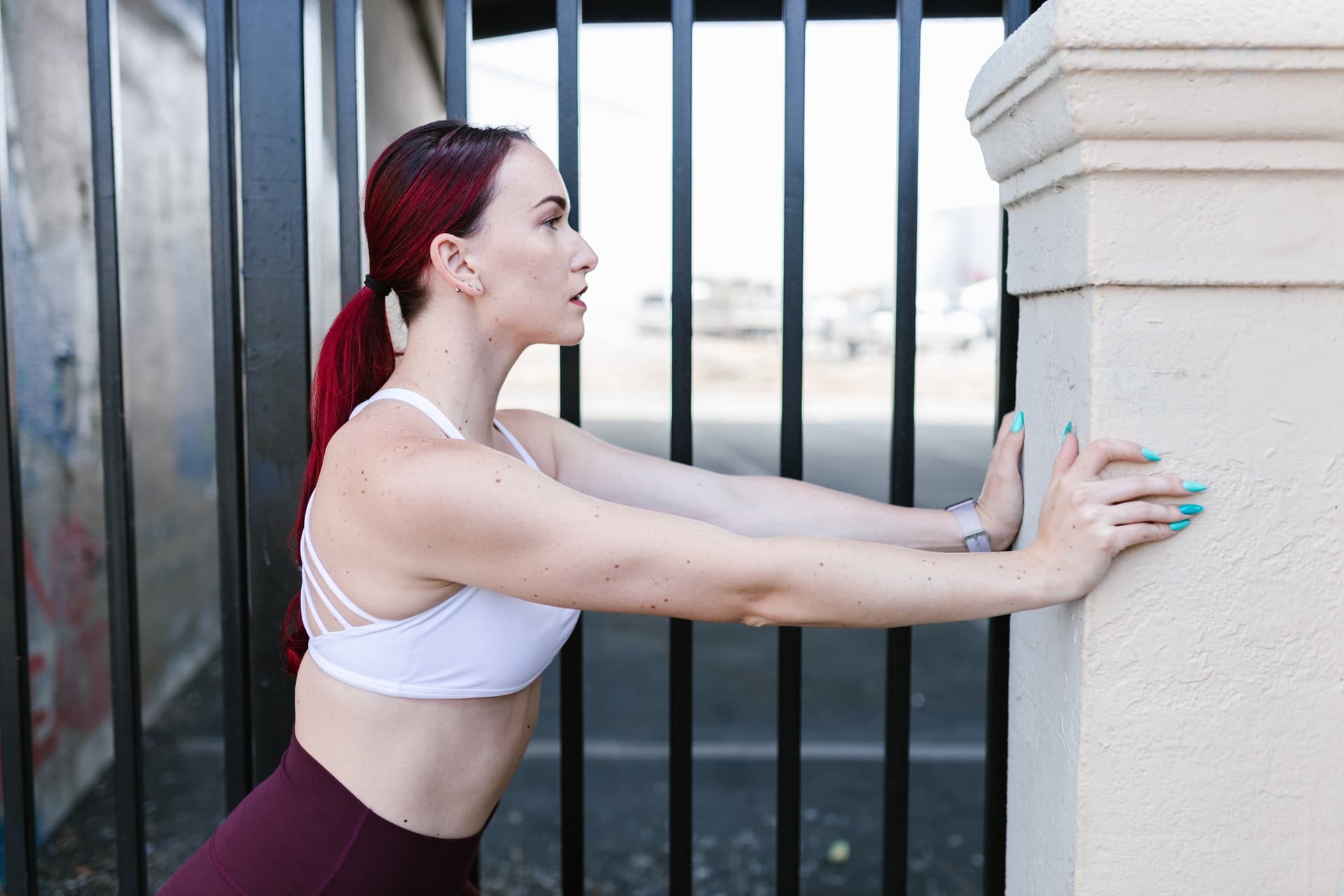After an illness or injury, it is often difficult to regain the same level of fitness you worked so hard to achieve. You may feel like your body has failed you, and you are just not yourself when unable to train each day.
Everyone’s situation is different, but you generally need to start your training slow and be patient. This is where exercises for rehabilitation and health and rehab training come in.
Whether you are looking for rehab exercises for the knee or just trying to regain strength and flexibility, in this article you will find all you need to know about rehab training and how you can get back on track.

Rehab Training: Start by Getting a Health Check

Injury or illness is to be taken extremely seriously. This is why it is important to allow yourself to heal.
If injuries aren’t serious, it’s reasonable to try treating them yourself before seeing a doctor. Take over-the-counter anti-inflammatory medicines for pain and manage injuries with the “RICE” method:
- R Take a few days off from the activity to give your body time to heal.
- I Use cold packs to reduce swelling.
- C Wrap the sore area with an elastic bandage to reduce swelling and provide stability.
- E Prop an injured foot or leg on pillows to reduce swelling.
That said, after you get hurt, really the best thing you can do is have the injury examined by someone who knows what they’re doing. Let them assess the situation and make sure that you take their recommendations seriously.
Make an appointment sooner than later if you notice these signs:
- Significant swelling
- Numbness or tingling
- Pain when you bear weight (such as foot or knee pain when walking)
- Shooting pain that’s not localized to one region
- Recurrent pain that gets better but comes back again
- Pain that lingers after a week of taking it easy
Generally speaking, you can expect the doctor to ask you questions about your health before the accident as well as how your health has been affected since the accident. The doctor may also undertake an examination of your injuries and ask you to perform some gentle movements to establish the extent of any damage.
Following your appointment, the medical professional that examined you will write up a detailed report. The report will give an expert opinion on how you have been affected by your accident. If they say "rest for 4 weeks", it means rest for 4 weeks (not 3 or 2).
Once you get the go-ahead to start training again, go gently back into training and make your workouts just a little harder than walking and stretching. Go slow, modify, prioritize good form, and avoid pushing too hard, so that you don’t aggravate or extend your injury.
Find out more about exercising
How to Stay Motivated After an Injury?

There are numerous studies showing the different negative emotional reactions that people have when injured. You might feel powerless, angry at yourself or your body or like a failure. These are all normal emotions and perfectly understandable.
Just like you will take care of the physical part of the injury, you also need to make sure you don’t overlook the mental aspects of recovery.
What may help, is recognising and reframing negative thoughts, like with some quiet meditation or journaling. Or even seeing a therapist or sports psychologist.
Below are some tips to navigate the negative emotions that come after an injury and while going into rehab training:
- Be as kind and as patient to yourself as you would be to the person you care about most.
- Set a new goal. Rather than dreading the exercises that will help you recover, view them as the next physical challenge to conquer.
- Accept a new “normal,” at least temporarily.
- Don’t obsess over lost results.
- Start thinking of new goals to set for yourself. Talk to your doctor or physical therapist about when you can return to exercise at 100 per cent.
- Get creative. If the doctor says you can't power walk for the next three weeks, are there other activities you can try?
- Track your progress. When it seems like you're not improving, it helps to have a visual reminder. Create a motivational chart that records your gains in strength, flexibility and endurance.
- Keep an open mind about finding new ways to move.
The right mindset and a specific plan of action will set you up for success, regardless of how significantly your injury has set you back.
Find out about exercising after pregnancy
Go Easy on Yourself

Oftentimes, it can be difficult to see the light at the end of the tunnel, which can lead to a hopeless and depressed state of mind. To combat this mentality, it is important to set recovery goals so you have something concrete to focus on.
That said, when getting back into working out, it is important that you proceed with caution and resist the urge to just pick up where you left off. Slowly build up the intensity and duration of your workouts, just like you did when you first started exercising.
Here’s some advice for getting back into an exercise routine:
- Make sure that you stay hydrated all throughout your workout.
- Don't start exercising before warming up your body.
- Try to be aware and focus on your breathing.
- Go for workouts that are targeted at certain parts of your body.
- Start increasing the intensity of your workouts in a gradual manner.
- Know your limits and respect them.
- Be very mindful of your form while exercising.
- Make sure you are using the right tools and equipment.
- Set goals that are achievable for you.
Rehab training is all about getting you to the right place little by little by slowly incorporating exercises for rehabilitation and health that can increase your strength, flexibility and endurance.
Remember to be patient and trust the process so you can avoid having any further injuries.
Find out more about getting into a regular exercise routine
Exercises for Rehabilitation and Health

Rehabilitation (Rehab Training) is the process of training for recovery following an injury, in order to restore the person to their former functional capacity, or better. The ultimate goal is to return to play, or function, in the shortest possible time or to achieve a standard of performance that is either equal to, or greater, than existed pre-injury.
The components of a Rehabilitation Programme or rehab training may include the following:
- Muscle Activation, re-education and muscle timing
- Muscle strengthening/conditioning
- Muscle Endurance
- Soft tissue flexibility (muscle + joint)
- Neuromuscular Control - Balance, Proprioception (joint sense), Co-ordination
- Functional Activities / Work + Sport Specific Drills
- Cardiovascular Fitness
- Psychological Fitness – fear reduction, motivation, overzealousness, mental toughness
If you find a physical therapist who is specialized in helping people get back on track after an injury, you can expect to get a mix of the previous points during your exercises for rehabilitation and health.
That said, there are many other things that you can look at when going through rehab training like:
- aerobic and endurance conditioning and reconditioning
- agility training
- body mechanics training
- breathing exercises
- coordination exercises
- developmental activities training
- movement pattern training
- neuromotor development activities training
- neuromuscular education or reeducation
- perceptual training
- range of motion exercises and soft tissue stretching
- relaxation exercises
- strength, power, and endurance exercises
Low impact exercises like the following can also be an effective part of any rehabilitation program:
- Yoga: Yoga can be very beneficial to low impact rehab by limiting joint stress and allowing you to move slowly through the workout without overly straining your muscles.
- Swimming: Swimming is another good option for certain low impact rehabilitation. The buoyancy water provides relieves pressure on the joints, while the resistance of the water works all of the muscles, not just the ones targeted during “land” exercises.
- Cycling: Stationary bikes can be included for patients who have knee or ankle problems. The bike requires very little force and there is limited impact placed on the joints.
- Walking: Walking is the most common of all the low impact exercises, and can be included in workouts both at the facility and at home.
Find out more about exercising at home
If you're looking for help with your fitness routine, you can also reach out to a physical trainer or therapist on Superprof. We have a wide network of teachers from all over Australia who can support you and make sure you get back on track as soon as possible.
Just check out the options in your area and make sure you pick the right trainer for you and your rehab training objectives.















